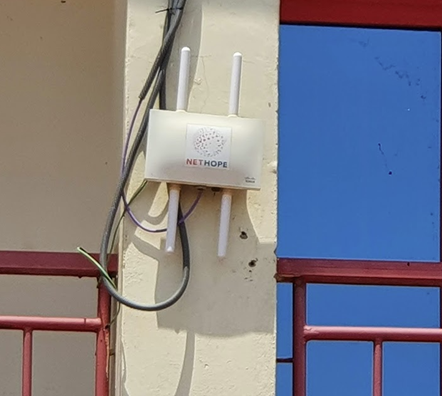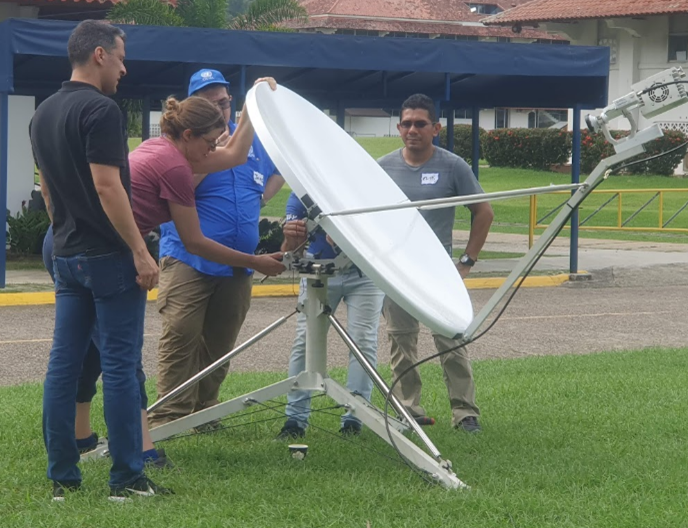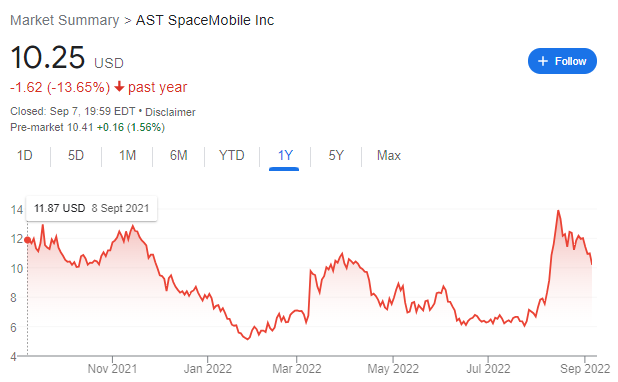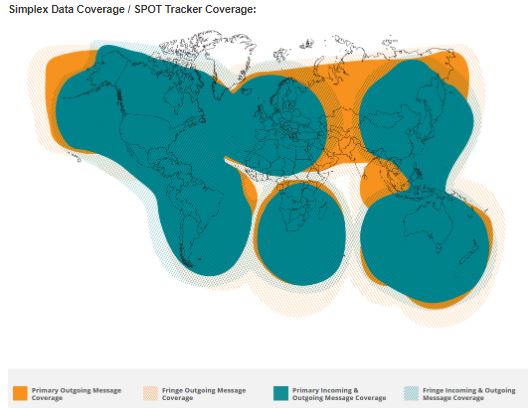Across the Aid Sector (UN and NGOs) there is amazing progress made in the digital programming space (also known as ICT4D and T4D). Digital applications have a positive impact on communities through various services such as mobile money and cash vouchers, information sharing, feedback services and much more. Despite all these amazing programmes, I am becoming very concerned that many organisations in this sector are just focusing on digital programming and neglecting its enabler which is power and connectivity. In this article, I am going to advance the argument about why infrastructure-based services to communities remain not just important but essential for the success of Digital Programming.
Back in 2015, I was part of the Emergency Telecommunications Cluster (ETC) working group where the ETC 2020 strategy was launched. One objective of ETC2020 was to deliver “Service to Communities”. Until ETC2020, the organisations focus was to facilitate connectivity and telecoms for aid agencies during major disaster responses. It was recognised that to provide connectivity to affected communities were becoming increasingly important. Around the same time, some organisations including NetHope were already at work in this space and providing connectivity to communities in the refugee camps in Greece.
Using the Nethope Wi-Fi services, IRC and Mercy corps was able to provide the Refugee.info website which informed refugees about humanitarian services and how to navigate complex asylum application processes. Later, this approached become the Signpost project Signpost–Who We Are — Signpost.
In addition to the Wi-Fi and the hosted information, charging points were set up in camps so that refugees could charge up their devices.
Today, the range of digital services to communities continue to increase. In 2022, NGOs and UN agencies provided SIM cards and information for people escaping war in Ukraine in public settings such as railway stations.
Around the world, there are many examples where digital programming is delivering benefits to communities. Frequently, some NGOs neglect to provide the infrastructure and services which are essential to facilitate digital programming. It is often said “This is not our business” or “Somebody else will do it” or “there is 4G everywhere” Unfortunately there are too many examples where these arguments will not stand up. In places where connectivity has not been provided, digital programming has not reached its full potential impact.
The Gaza war have caused massive infrastructure damage and displaced most of the population. Internet services have been severely impacted. Mobile telephone networks are congested to such an extent that it is difficult to make calls and messages sent by SMS have been reported to take as long as 4 hours to arrive. Before the war started, mobile networks only supported 2G services (voice and SMS only).
Before the War, the Gaza mobile networks were limited to 2G services (voice and SMS) which limited digital programming to SMS based services. There will be a huge piece of work needed to initially provide modern connectivity in public places where aid is delivered. Longer term, the mobile networks need to be repaired and upgraded to modern 4G or 5G.
I want to dispel one myth about e-sims in Gaza. It was suggested to me that we could facilitate the mass deployment of e-sims to the community to promote access to digital services. Unfortunately, this “Global North” is ill informed and will not help due to the state of telecoms across Gaza.
Typically, in any natural disaster or “hot war” situation, infrastructure breakdown is inevitable. Whilst the aid sector looks to local business to re-establish telecoms, the reality on the ground is very mixed. The telecoms sector in the Philippines strengthened its resilience against volcanic activities, cyclones, and earthquakes. In recent years, there have been various cyclones and other events which has called on the telecoms sector and government to implement their new disaster response plans. The preparedness planning has delivered good results as services are routinely being restored quickly after cyclones and seismic events.
As digital programming becomes more ubiquitous, the aid sector must do more to facilitate connectivity. For Save the Children International, I have recently developed a “Services to Communities” (S2C) approach where our in-house local expertise is used to deliver connectivity to affected populations. Clearly individual NGOs and UN Agencies will not have the capacity to connect a complete population, but they cab provide Wi-Fi hotspots in limited areas such as IDP/Refugee camps, clinics and schools and other public places supported by aid agencies and local partners.
This year (2024), I am running a project to preposition Wi-Fi and connectivity kits in some high-risk countries across the Global South. In my designs, I have included a solar energy module to power the Wi-fi technology and provide charging points for the community. Satellite kits are on standby in 4 regional locations so they can be brought in when a crisis the local internet services are destroyed.
In addition to pre-positioning equipment, we also need trained people available to deploy the kits and deliver services. Since 2016, some organisations including Save the Children International, Nethope, UNICEF and the ETC have been delivering high quality training to local ICT staff in all regions. The Save the Children “Technology for Emergencies” or (T4E) is a good example of how we have localised deployment of technicians instead of sending people on long flights from more developed countries.
My call to action is for the sector to not forget the importance of delivering the infrastructure needed to provide connectivity. There is no point in focusing 100% on digital solutions if communities do not provide connectivity, power to run the technology or charging points for communities. Digital programming needs to be more open to establishing partnerships with the infrastructure teams that exist in all ICT Departments.
In the months ahead, I hope that the situation in Gaza will become calm so that we in the Aid Sector can get in and do our work. Once we do gain access to the communities, there will be huge needs and it will be vital to provide safe and secure internet access so that the communities can access various services ranging from education to mobile money.
In my next article, I will be taking a deeper dive into the best practices for delivering services to communities (S2C)

















